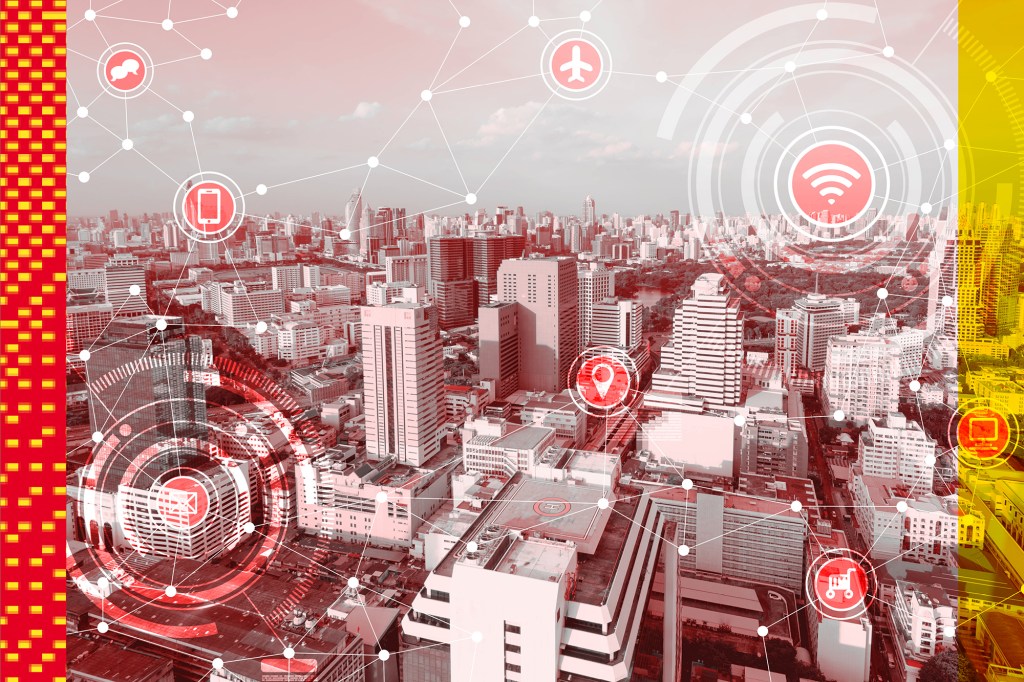Since the 1930s, Saudi Arabia has dominated the world’s oil supply, but as crude prices began dropping in 2014 and budget deficits and unemployment rose in the kingdom, the young Crown Prince Mohammad bin Salman, or MbS as he’s known, charted a brave new course for the country. In 2016, he unveiled Saudi Vision 2030, an 84-page document announcing a sweeping strategy to diversify private business, attract foreign investment, and support education and entrepreneurialism beyond the oil industry. Key to that vision: transforming hundreds of square miles of desert into smart megacities.
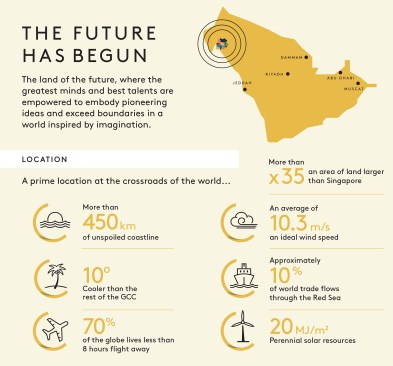
Courtesy NEOM
At the center of the new vision is Neom, a staggering 10,200-square-mile project that will rise along virgin coastline of the Red Sea. Estimated to cost $500 billion, this “blank slate,” as the Saudi government describes it, calls for a “new generation of city” that runs its “opulent buildings” on solar and wind power, has streets supporting automated cars, and city services run by artificial intelligence and robots. No official master plan has been released—the first phase is scheduled to be completed by 2025—but a promotion video that aired in 2017 claimed that “this is the blank page you need to write humanity’s next chapter,” and depicted a progressive lifestyle, including leotard-clad women stretching into a yoga asana. The development would be an independent economic zone running under its own laws, taxes, and regulations, intended to attract a knowledge-based economy of international companies as well as tourists to its beaches.
Vision 2030 is, in fact, just the latest in a decades-long attempt to diversify and develop Saudi Arabia. In 2005, the kingdom went public with another smart city development, King Abdullah Economic City, a 65-square-mile project outside of Jeddah on the Red Sea coast that was master planned by a team led by Skidmore, Owings & Merrill (SOM). The King Abdullah Financial District (KAFD), located north of Riyadh, was announced a year later. The Danish architecture firm Henning Larsen did the master plan for that project, a highly sustainable financial hub with clusters of high-rise office and residential towers designed by the likes of SOM, Gensler, and Foster + Partners. The 80-story PIF Tower by HOK, which is under construction and expected to earn LEED Gold, aims to be one of the most high-tech skyscrapers in the world, with a façade that includes high-performance enclosures incorporating solar shading and photovoltaic solar collection. KAFD will be connected by a new metro system, one of the many new public transit systems planned across the kingdom, with one station designed by Zaha Hadid Architects now under construction. Also announced in 2006: the Knowledge Economic City in Madinah, which included plans for four new neighborhoods with retail, office space, mosques, and over 1 million square feet of housing. In 2018, the project got a boost when a new high-speed railway opened, reducing travel time between Madinah and Makkah, the two holy cities.
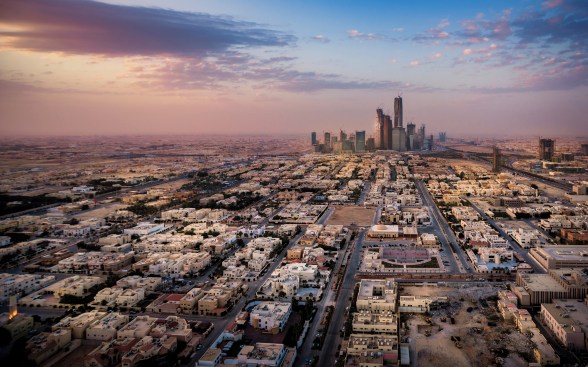
Faisal Bin Zarah / Al Ra'idah Investment Company
The King Abdullah Financial District
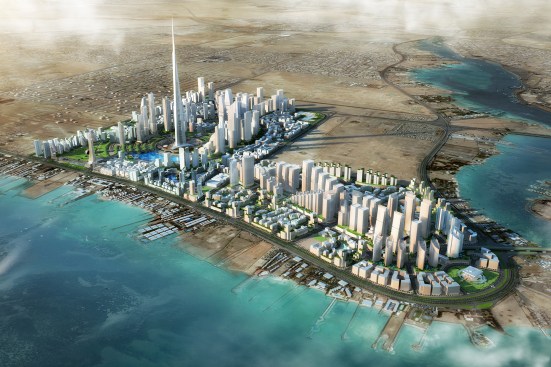
Jeddah Economic Company
Jeddah Economic City plan
But this initial round of smart city developments has largely failed to fulfill its initial promise. According to press reports, as of April 2017 no financial institutions had agreed to lease space in the KAFD development. Construction and development on other projects has stalled. “We are aware that the economic cities of the last decade did not realize their potential,” the Vision 2030 states, and part of their plan calls for revivifying these district plans.
That was before the murder of journalist Jamal Khashoggi, however. Plans to fund Vision 2030 were based, in part, on partially privatizing the state-held oil company Saudi Aramco, but the IPO has been delayed because of the political fallout from the killing. Advisers to Neom, like Norman Foster, Hon. FAIA, have since backed out of the Neom project, while other Western CEOs, architects, and planners have also detached themselves from development projects in Saudi Arabia. “Neom is in doubt for sure,” one private sector consultant told The Financial Times in December. Even before the Khashoggi killing, in August, The New York Times had warned that MbS “will need to curb his economic ambitions.” What MbS calls, in the foreword to his 2030 report, “an ambitious yet achievable blueprint,” others now see as a pipe dream.
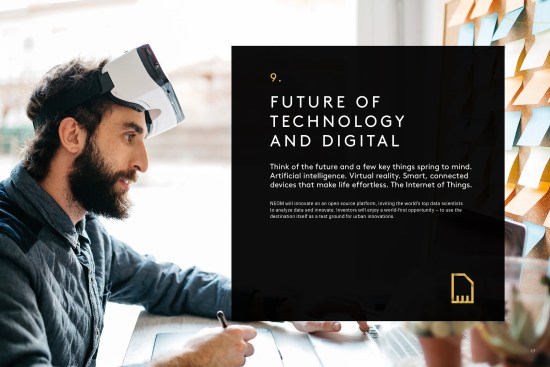
Courtesy NEOM
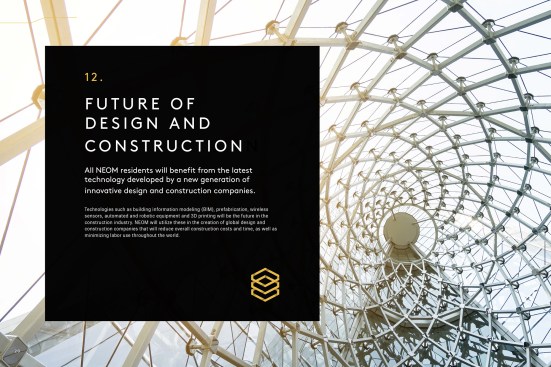
Courtesy NEOM
It is a reminder that even for a centralized or authoritarian government, which may not be faced with the internal political divisions or land-use issues that can plague projects elsewhere, the smart-city concept is not a magical elixir. Without good planning and the right political and business climate, these projects may very well fail, as so many others already have.
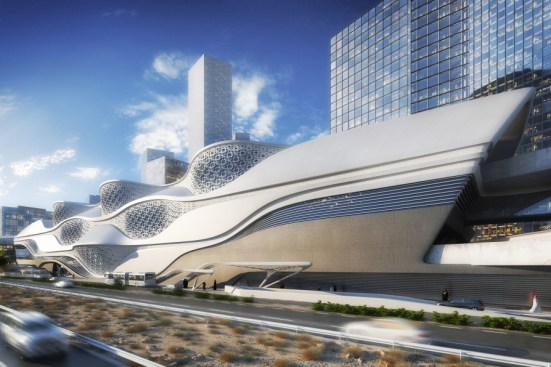
King Abdullah Financial District Metro Station by Zaha Hadid Architects
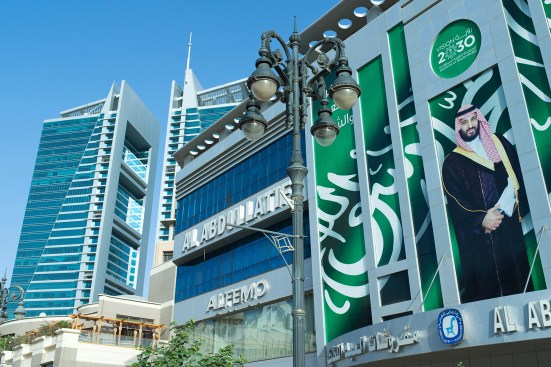
Hansmusa
King Abdullah Financial District
-
The Smart City That Wasn’t
Union Point was championed as a futuristic development that would help lure Amazon to Boston. Two lawsuits and countless unfulfilled promises later, the project is a case study in how smart-city hype can outpace reality.
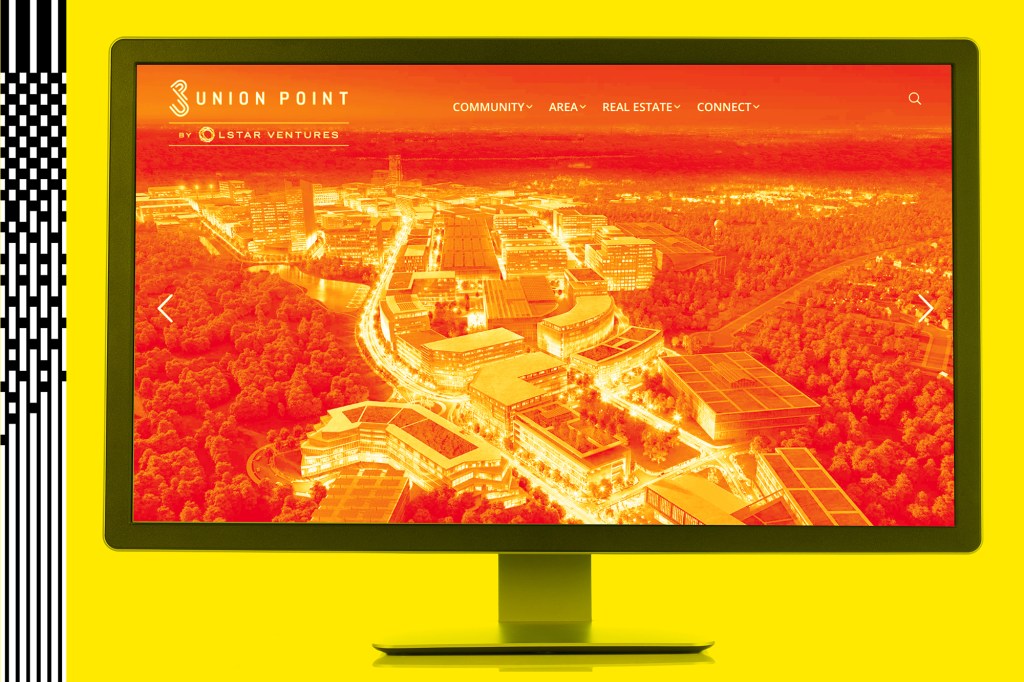
-
Google in Toronto: A Question of Privacy
Google affiliate Sidewalk Labs has prompted a backlash over data privacy with its Quayside smart-city project. Alex Bozikovic reports on what's been overlooked amid the controversy.
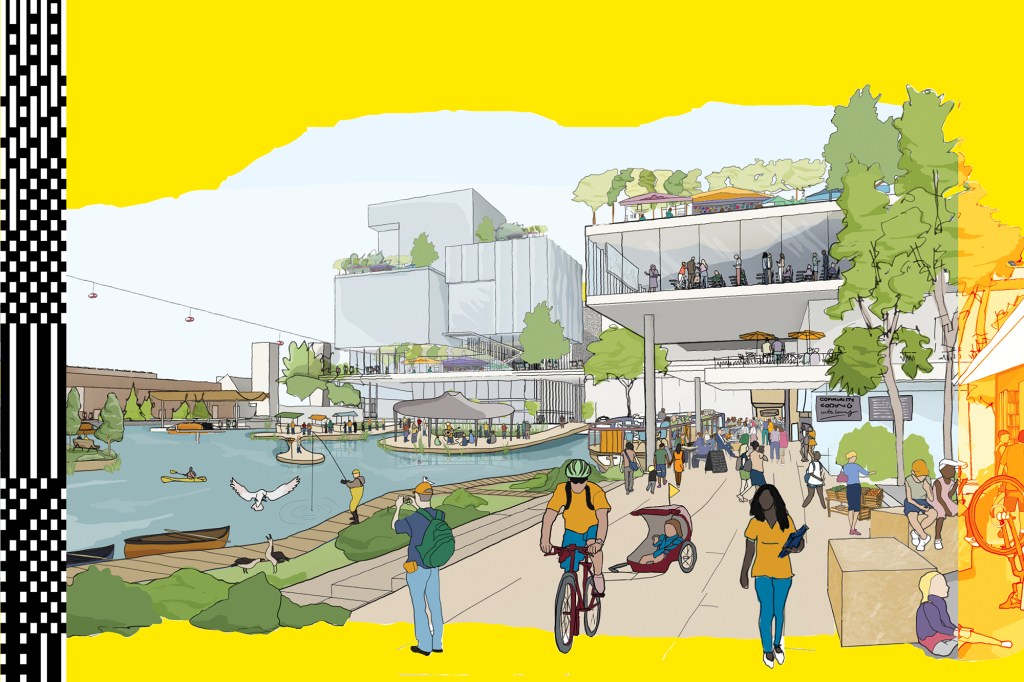
-
Future Proofing the Smart City
The Jurong Lake District in Singapore relies on smart urban planning to achieve resilience and sustainability.
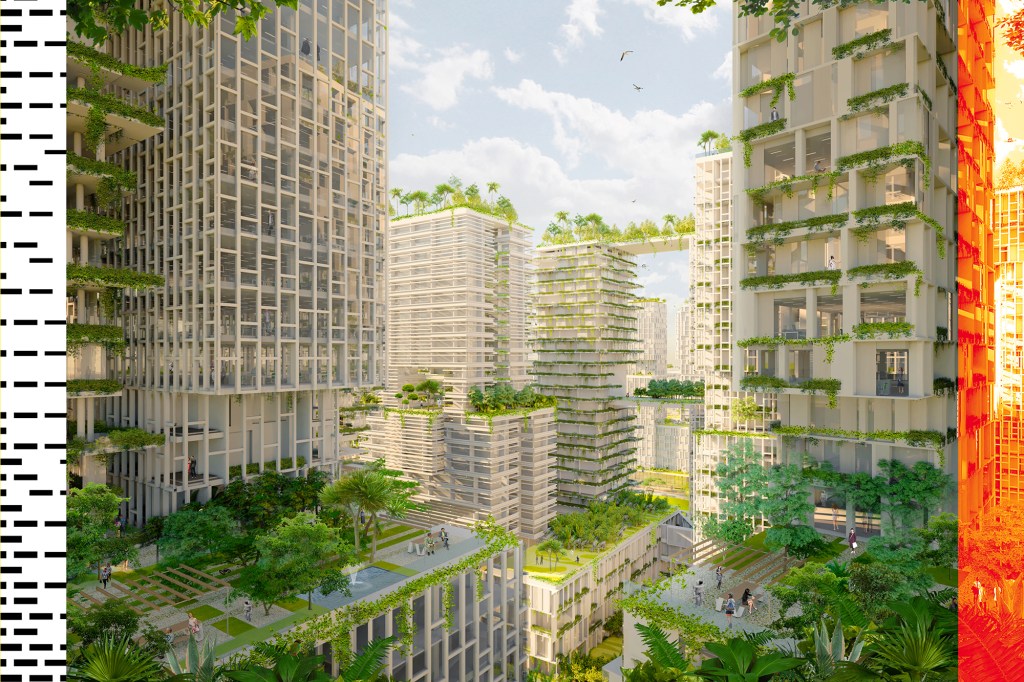
-
Q+A: What Is a Smart City? Three Experts Explain
In a roundtable with ARCHITECT, architect Paul Doherty, policy and sustainability expert Debra Lam, and author Anthony Townsend trade opinions and insights on what the buzzword really means, why the world’s largest companies want a stake, and how architects can step up to the plate.
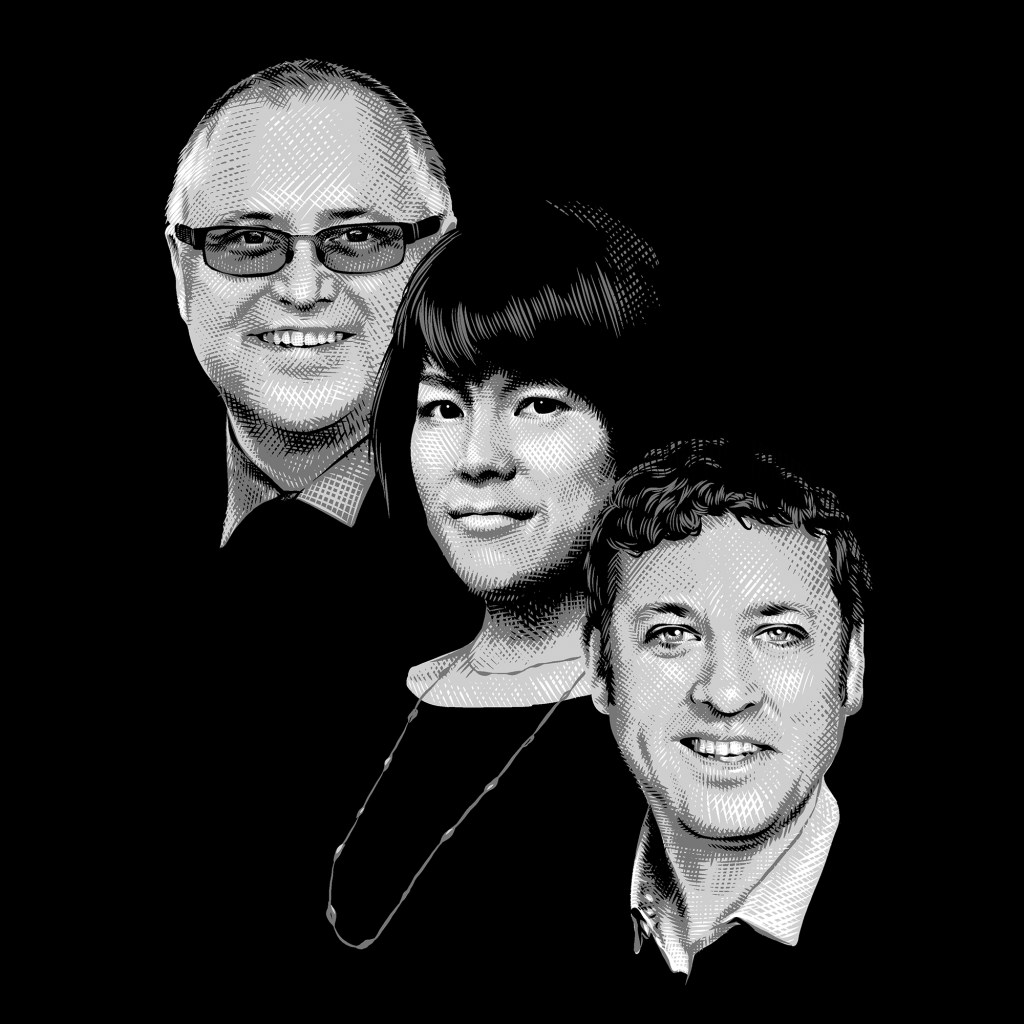
-
The Smart City as a Billboard of Progress
Saudi Arabia and other authoritarian states are using smart cities to transform their economies—with mixed results.
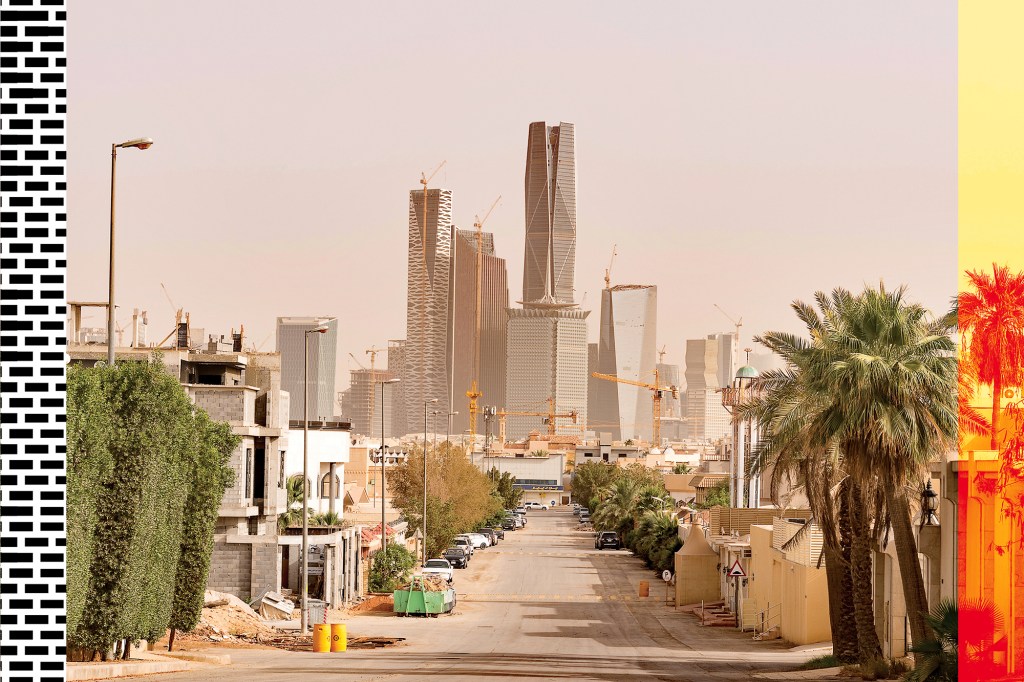
-
A Holistic Vision of the Smart City
Sensitive urbanism, smart technology, progressive architecture, and careful government stewardship make Royal Seaport in Stockholm a model for smart-city development.
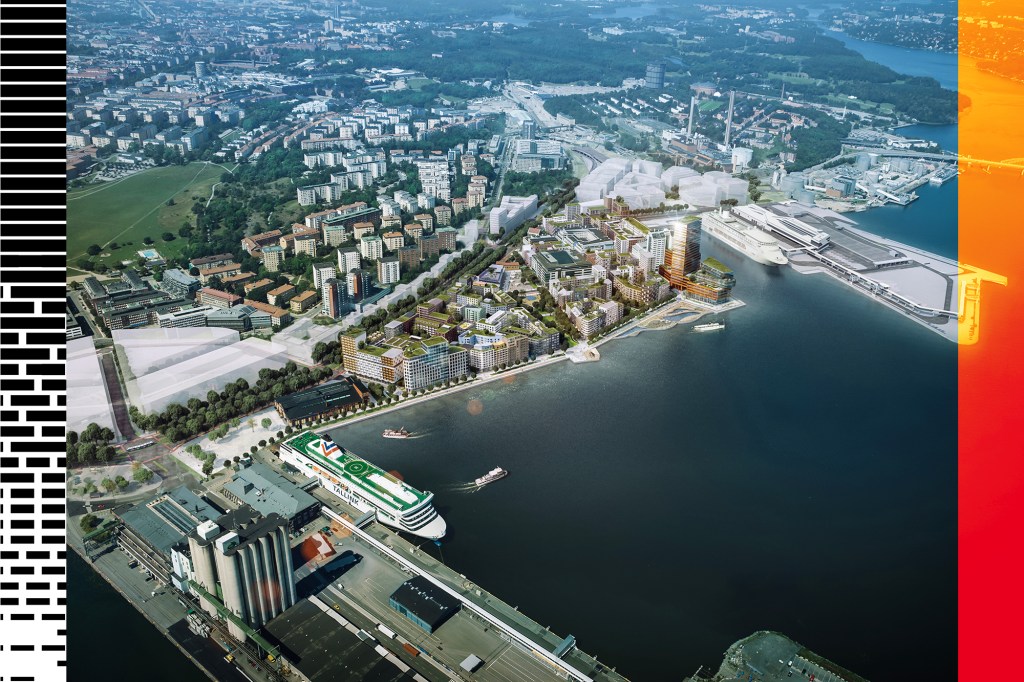
-
A Who’s Who of Smart Cities
Some of the most prominent architects, planners, and critics of the smart city movement.
-
A Pullman Redux?
With their data-rich smart cities of the future, corporations and tech companies are putting a new spin on the company town of old.
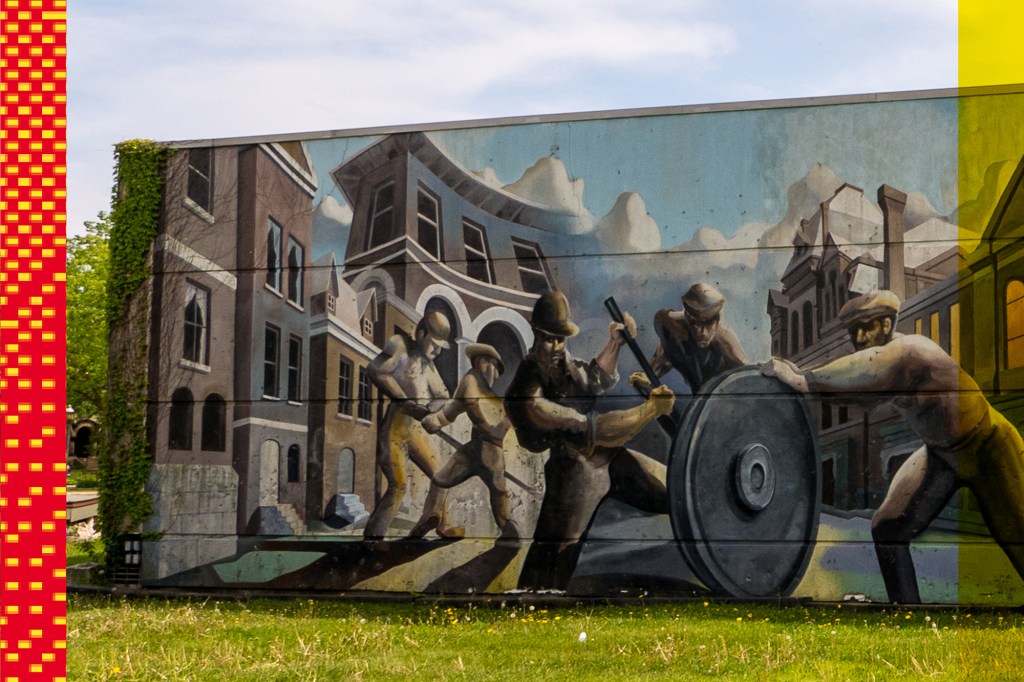
-
Elements of a Smart City
From smart pavers to autonomous vehicles, this is the technology that powers the city of the future.
